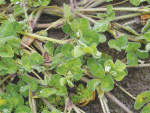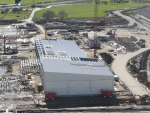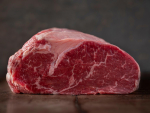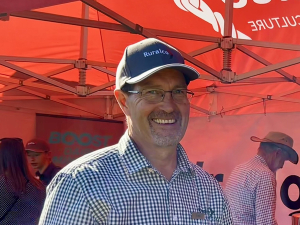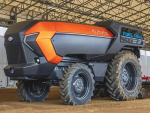Sheep and beef farm inputs were down 2.2% in the past year according to the latest onfarm inflation report, and last week two key fertiliser companies announced price drops.
Beef + Lamb NZ economic service's latest onfarm inflation report showed a 2.1% decrease to March this year versus a 1.1% increase in the previous year.
But this year's drop follows a stable trend, with onfarm inflation just 0.8% over the last five years. During the past 10 years, however, there has been a 23.6% increase.
Of the 16 input categories, prices for 10 rose and six fell in the last year to March.
There were significant reductions in interest on debt and fuel prices, partly offset by small price rises for repairs and maintenance and wages, says BLNZ chief economist Andrew Burtt.
Between March 2015 and March 2016, the overall price for fertiliser, lime and seeds rose 0.6% versus a 2.3% fall reported for the previous 12 months.
The overall cost of interest on debt dropped 14.5% in the 12 months to March 2016. This follows a 9.4% rise in the previous year. (Note that this is not the interest rate increase, but the percentage increase in the cost of interest.)
In the 12 months to March 2016, the overall cost of repairs, maintenance and vehicles climbed 1.7% versus a 2.2% rise reported for the previous 12 months.
The price of fuel fell 12.7% in the year to March 2016, reflecting the drop in international oil prices. This follows a 21.7% fall in the previous year.
When excluding interest from the calculation of sheep and beef farm input costs, there was no underlying onfarm inflation in the year to March 2016, versus -0.3% in the previous year.
Both Ravensdown and Ballance announced price cuts last week.
Ravensdown is reducing prices for nitrogen, phosphate, potash and sulphur (NPKS) products.
Superphosphate is being cut by $18 to $312/tonne, potash by $40 to $625/t, DAP by $55 to $785/t and urea by a further $20 to $475/t.
Bryan Inch, general manager customer relationships, says the co-op could do this because it has strong global supply relationships and because its long-term strategy of delivering all-year value is working.
Ballance Agri-Nutrient's latest round of price drops saw a marked fall in key products including SustaiN, Urea and DAP, effective last week.
The new pricing will see SustaiN go from $554 to $523/t, urea from $495 to $475/t, and DAP from $840 to $799/t; reductions will flow through to product blends.
Ballance chief executive Mark Wynne says the co-op was able to pass these savings on to customers due to weak global nitrogen prices on the back of high global inventories and greater Chinese supply capacity.


